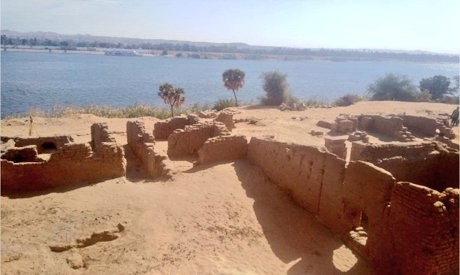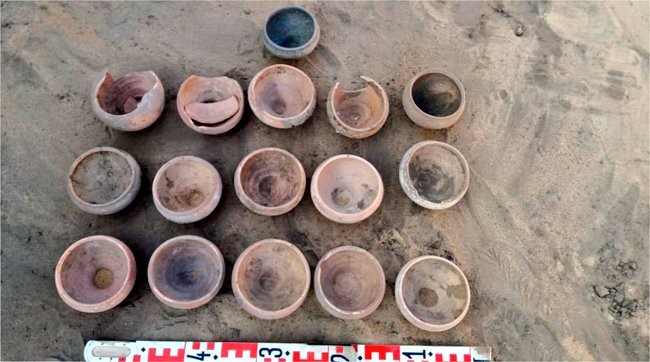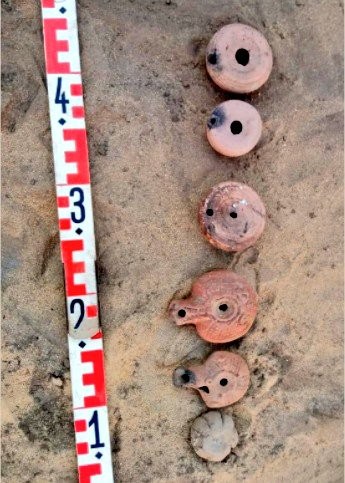
Archaeologists in Egypt have unearthed the remains of a Ptolemaic period temple, a Roman fort and an early Coptic church, according to the Egyptian Ministry of Tourism and Antiquities.
The church was built in the ruins of the Roman fort, which was found at an archaeological site known as Shiha Fort in the Aswan governorate in southern Egypt, the ministry announced in a January 18 statement.
The temple dates to the Ptolemaic dynasty, which began about two decades after Alexander the Great died in 323 B.C.
After Alexander’s death, General Ptolemy I became ruler of Egypt (323–285 BC) and founder of the Ptolemaic dynasty, which reigned longer than any other dynasty established until the Alexandrian empire succumbed to the Romans in 30BC.
The crumbling temple, also found at the site, was decorated with an unfinished sandstone panel that showcased a Roman emperor, according to the Egyptian Ministry of Tourism and Antiquities.
Although the temple’s panel is incomplete, archaeologists could see that it depicted the entrance of a temple. In the engraved scene, a man who looks like a Roman emperor, stands next to an altar featuring an unknown deity on top of it, archaeologists said.
The temple had four sandstone blocks decorated with palm frond carvings, according to Mostafa Waziri, secretary-general of the antiquities ministry.
In the temple, archaeologists also found an inscription written in a hieratic script, the local cursive writing system used in Ancient Egypt.
The writing was about a Greek emperor.
There were also carvings showing cartouches (Egyptian hieroglyphs carved into a vertical oval engraving) of the Ptolemaic kings.
A clay vase and part of a red brick vault dating back to the Coptic era were also found.

Archaeologists have known about this site in Aswan for some time.
Between 1920 to 1922, German archaeologist Hermann Junker uncovered a part of it, according to Mohamed Abdel Badie, head of the Central Administration Antiquities of Upper Egypt.
However, the excavation was never finished.

